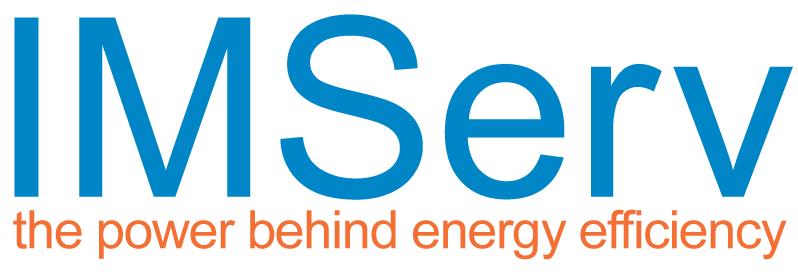The role of a bursar has never been easy – holding the purse strings, maintaining budgets and looking at funding, all whilst trying to focus on the heart of a school: education. In the current energy climate, today’s bursars face another major challenge: the rising cost of energy. With the steep rise in these costly overheads, the need to raise awareness on how, when and where energy is being used in schools, and how usage can be reduced to save money, has moved up the agenda. Indeed, energy management issues are having a big impact, not only on bursars, but also on governors, head teachers, premises managers, caretakers and pupils.
As part of a trial with the local authority energy buying group LASER, two accredited Eco Schools, Langafel Church of England Primary School and New Ash Green Primary School, both had smart meters installed in their buildings. Initially installed as a way of generating accurate energy consumption figures with the aim of helping LASER in its purchasing process, the meters soon delivered many other benefits.
With data collected automatically every half hour, the need for a meter reader to visit the school was eliminated which removed the worries and inaccuracies that come with infrequent readings and overcame issues around site access and security.
By making more information available to school management teams through Energy DataVision (EDV), total visibility on energy usage across the entire school site could be gained , providing an insight into when and where the energy was being used. Mrs Pullen, Bursar at Langafel School, found this particularly useful when analysing electricity bills. She says, “I was aware there were problems with the electricity figures in October 2005 when I received a bill that had apparently been produced from an actual meter read.
The school had been closed for half term and the bill was much higher than would be expected for a four-week period.” As a result, the school didn’t pay this questionable bill and, using EDV, delved into past data to see actual energy usage from the period in question. It became clear a billing error might have occurred, as the energy used did not reflect the billed figure.
Using data from EDV, LASER were able to demonstrate the billing error to the supplier and the school was given a corrected bill for September 2005 to July 2006. To avoid future errors, overpayments and estimated bills, the school’s electricity supplier now receives the data automatically and the school has far more awareness on its utility bills – helping it control expenditure in a world of tight budgets.
Greater Insights
Another big advantage for schools with access to this data is that the information can be used for budgeting and forecasting. With help from IMServ and LASER, Mrs. Ames, Bursar at New Ash Green School, is looking to analyse the energy used in the school hall versus the costs of hiring it out for out-of-school clubs and activities, so a sensible hire cost is applied.
Greener Schools – and Pupil Power
As accredited Eco Schools, both schools already possess a strong environmental focus and with support provided by a designated Project Officer, funded by Kent County Council, the schools are given assistance to achieve Eco-Schools accreditation.
With a school focus on energy consumption, Langafel’s year 6 pupils began to explore ways in which to save energy in school. Through introducing EDV into the classroom, children were able to get first hand interactive experiences where they could see the impacts of their energy usage – right before their eyes.
By providing printouts of each day for week, beginning 15 January 2007, pupils could identify on the graphs when power cuts had occurred in the evenings. Pupils interrogated the data and reported their findings. They were able to identify on EDV the timings of the Computer Club and Badminton Club on a Tuesday and Thursday, and question why at the weekend there was movement on the graph despite the school being closed and with no lettings. They quickly identified that appliances such as security lighting, the fridge in the staff room, computer servers, the answer phone and CCTV would all use power. The following week when the same group received a printout, they could see a rise in energy consumption and linked this to the fact it was colder so more heating would be required. Another experiment included listing all equipment and turning the unnecessary equipment off over the weekend and during lunchtimes, then revisiting EDV to see if a drop in energy consumption has taken place. Even Mrs. Pullen, school Bursar, was amazed at the difference that turning appliances off could make – not least to the bottom line.
With a powerful tool like EDV, using accurate energy data provided automatically each half-hour, can deliver wide-ranging benefits for school management teams, bursars, caretakers and others – not least financially to help budgets go further, but also to educate future generations in how we think about energy usage.
